
This year’s SEMA Show in Las Vegas felt like a balancing act between raw mechanical artistry and the fast-approaching digital age. From collision-repair technicians strapping on mixed-reality goggles to boutique tuners unveiling carbon-fiber hypercars, 2025 was the year the industry proved that innovation doesn’t have to replace craftsmanship, it can amplify it.
Training Meets Technology
SEMA 2025 isn’t all about flash, but also has a focus on fundamentals. Inside the Collision Repair & Refinish Hall, the Society of Collision Repair Specialists (SCRS) and I-CAR made training the headline act. Safety inspections became the centerpiece of the annual OEM Summit, where the message was clear, mastering post-repair verification isn’t optional anymore; it’s a matter of trust and liability.
Across the show floor, new forms of skill-building took shape. I-CAR’s adaptive and mixed-reality courses let attendees test virtual ADAS calibrations or EV repair modules a ,signal that education is finally catching up with technology. Even welding and refinishing went digital, with SCRS competitions powered by Skillveri’s extended-reality systems. It was gamified training, but with a tangible purpose: elevate the next generation of repair professionals without the waste or downtime of traditional labs.
The result is a collision industry retooling itself from within, hands-on, data-driven, and proudly future-ready.
Performance Icons Reimagined
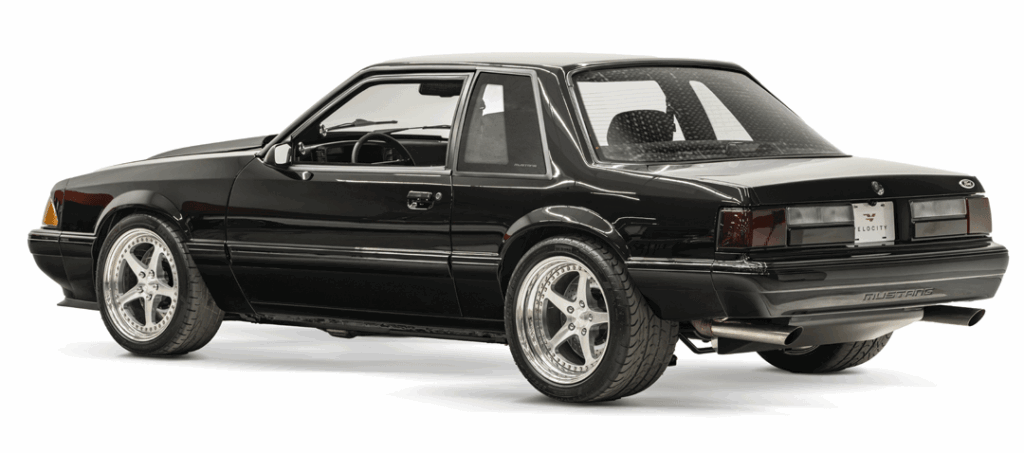
Ford may have stolen the performance spotlight this year. The 800-horsepower Fox Body Mustang from Velocity Restorations took nostalgia and re-engineered it into a flagship product. Built on a Roadster Shop SPEC chassis and powered by a supercharged Gen 4X Coyote V8 with a Whipple 3.0, the car represents the restomod market’s next evolution, production-grade heritage. Velocity is betting big that enthusiasts want turnkey classics built to modern standards, not decade-long garage projects.
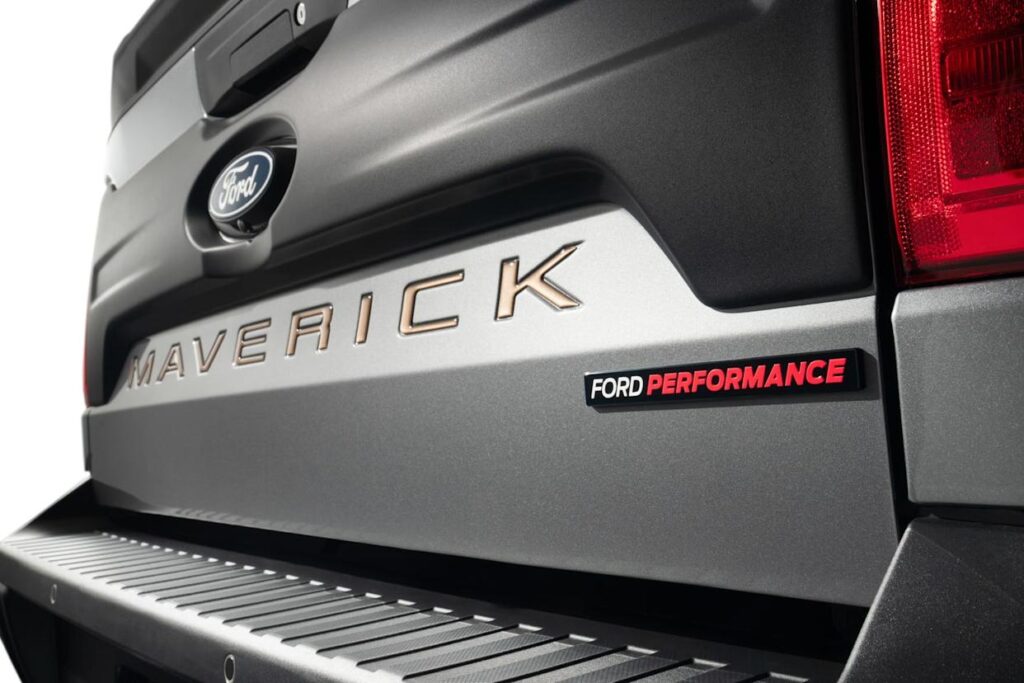
Nearby, Ford Performance previewed the Maverick 300T, a turbocharged street truck concept that lowers and levels the 2025 pickup for a sportier stance. With Mach-E GT wheels, a Borla exhaust, and an optional 4K tow package to harness its boosted EcoBoost powertrain, it’s a smart mix of practicality and performance. The 300T is also a glimpse into Ford’s plan to offer factory-backed tuner kits in 2026, something that could bridge the gap between backyard builders and official performance divisions.
Even the EcoBoost Mustang crowd made their mark. Online, builders celebrated their presence at SEMA, praising serious 2.3-liter turbo builds pushing 30 PSI and proving that the smaller displacement crowd can flex just as hard. The reaction reflects a larger cultural pivot, power doesn’t have to mean V8 anymore; precision tuning and technology are carving their own identity in the Mustang lineage.
Carbon Fiber Empire: Vorsteiner, Gunther Werks, and CTR
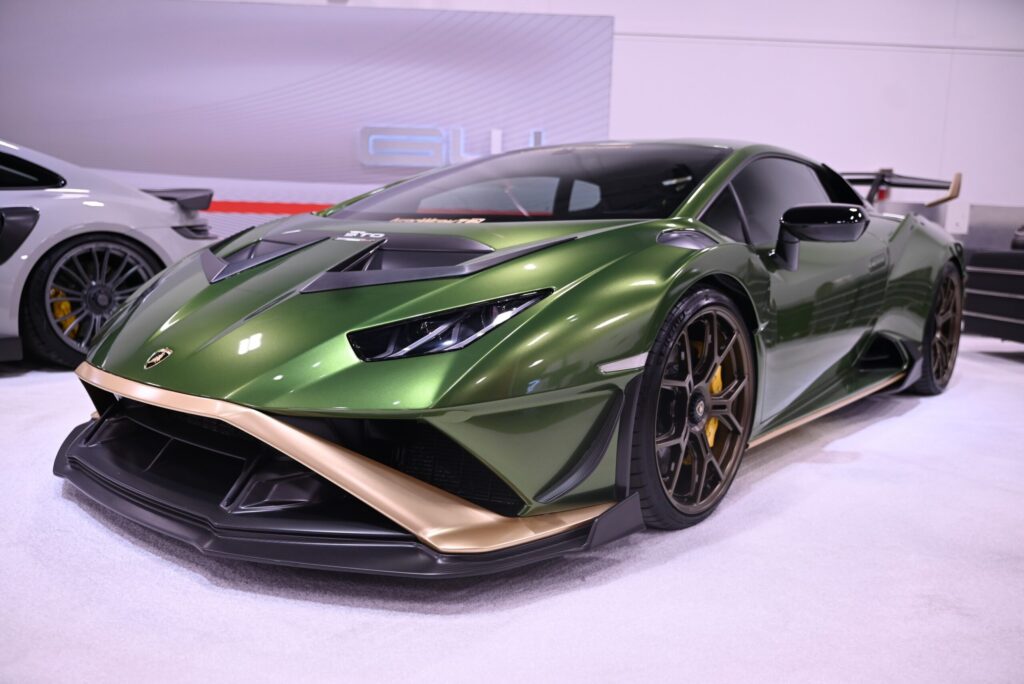
Few stories at SEMA embodied the blend of business acumen and design evolution like Peter Nam’s three-brand showcase. Vorsteiner came loaded with a carbon-fiber Lamborghini Revuelto and a new aero-equipped Huracán STO, demonstrating how boutique tuning houses have evolved into full-scale design studios.
Next door, Gunther Werks brought its latest Porsche 992 Turbo S project, 800 horsepower, full carbon aero, and the kind of engineering craftsmanship that has turned the shop into a cult icon. It’s become more than a tuner; it’s a statement of intent for what’s possible when you treat design and performance as art forms.
Nam’s latest venture, Classic Tuning Restoration (CTR), completes the trifecta. The debut Ferrari 458 Italia by CTR showcased an obsessive level of redesign, from internal ducting to the reimagined frunk layout. It’s ultra-exclusive work built for customers who want something between a restoration and a bespoke hypercar, the bridge between old soul and new science.
SEMA 2025 confirmed it: Peter Nam doesn’t just build cars anymore, he builds ecosystems.
Tools That Actually Matter
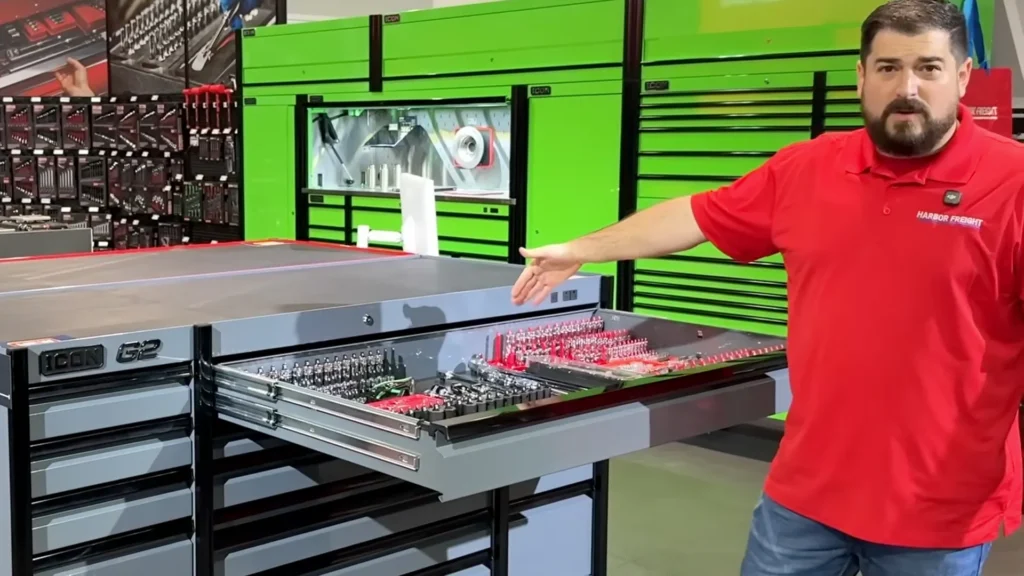
Amid the carbon fiber and horsepower, the tool scene earned its own crowd of loyalists. Harbor Freight’s new Icon G2 tool cabinets impressed with deep modular drawers and pro-grade fit and finish, another sign the budget giant is moving upmarket. Brands like Titan, OTC, and Klein Tools showed off genuinely practical gear: multi-drive stepped adapters, geared jack stands that lift higher mid-job, and modular rolling storage systems ready for mobile techs or pit-lane work.
Knipex and Wera Tools continued to earn cult-like followings with spring-clamp pliers and open-ended ratcheting wrenches designed for those awkward, skin-scraping moments in tight engine bays. Meanwhile, Fireball Tool’s massive Blacksmith Vise drew gawkers for sheer overkill, a reminder that SEMA still loves a little spectacle.
For once, these weren’t vaporware displays; most of these tools are hitting shelves within months. 2025 may go down as the year SEMA’s gadget corner actually delivered on its promise of usability.
Crowd Favorites & Show Floor Vibes
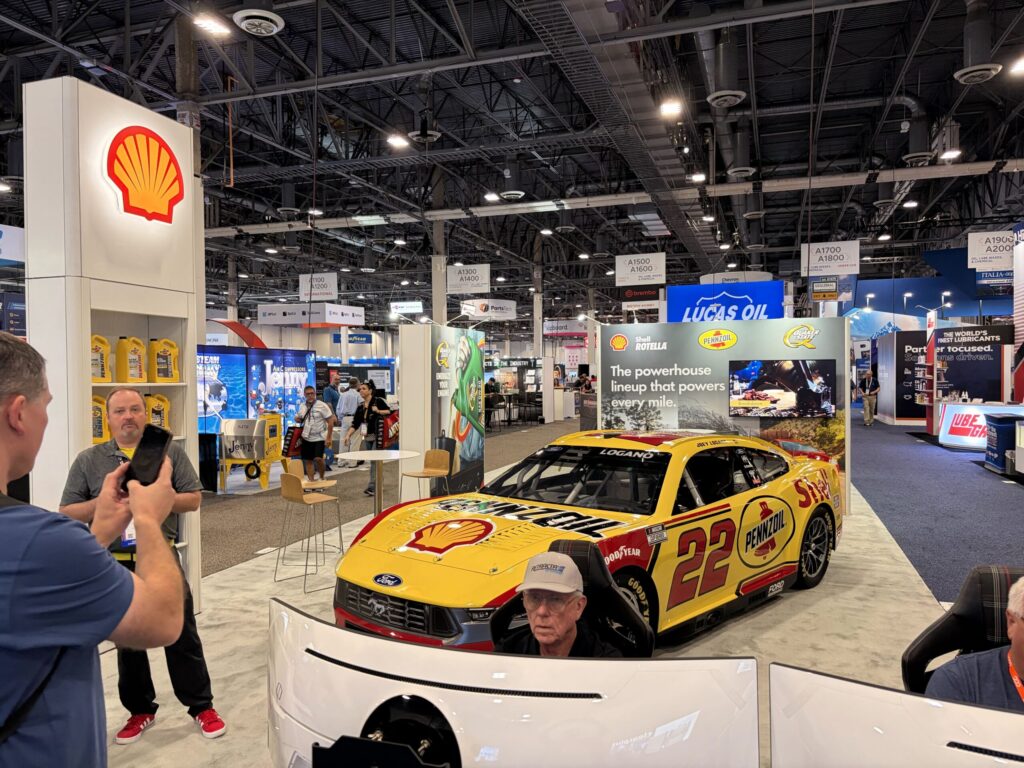
Day Three of SEMA and AAPEX blurred into one continuous showcase of industry energy. NASCAR themes dominated the aisles, with the Valvoline, Pennzoil, Lucas Oil, and Castrol booths recreating race-day adrenaline in the convention hall. Joey Logano’s No. 22 Ford sat just a few steps away from Castrol’s No. 6 Next Gen display, tangible proof of how motorsport continues to anchor brand storytelling.
Around them, suppliers like Ranshu, DC Gaskets, and Omni highlighted the less-glamorous but essential pieces of the performance ecosystem, seals, lubricants, and additives that keep the builds alive long after the lights of Las Vegas dim. Liqui Moly and True Brand added the international flavor, showing that SEMA’s footprint isn’t just American muscle; it’s global machinery tied together by innovation and motorsport culture.
Other Notable Builds

Online discussion mirrored the show floor’s variety, part admiration, part debate. The Honda Passport SEMA Concept drew intense reaction for its lifted stance, trimmed bumpers, and cleaner design language. The consensus was that Honda finally nailed the balance between suburban practicality and off-road aggression. Yet, the debate quickly turned technical, enthusiasts argued that the Passport’s unibody limits its off-road credibility, dreaming aloud about what a true body-on-frame variant could achieve with Honda’s upcoming V6 hybrid system.
This conversation revealed something larger: SEMA 2025 fans crave authenticity. They’re not chasing shock value; they want engineering depth and purpose behind the aesthetic. Even those who admitted they’d never need a hardcore off-roader praised the Passport for feeling attainable and real, a “soft-roader” that still connects emotionally.
Meanwhile, the EcoBoost Mustang community doubled down on proving its worth among performance purists. Builders at the show and fans online treated high-boost four-cylinders as a badge of pride, discussing build sheets, future upgrades like billet intakes and sequential gearboxes, and even the tradeoffs of black-wheel styling against custom wraps. The tone was playful but confident: the 2.3 crowd doesn’t need validation anymore; they’re setting their own benchmarks.
What SEMA 2025 Says About the Year Ahead
If 2024 was about wild one-offs, 2025 was about discipline. Every hall, from the tech bays to the tuner stands, carried the same message: craft meets control. Builders are looking beyond short-term hype and designing for scalability, training programs are leaning into adaptive technology, and fans are increasingly fluent in the technical vocabulary once reserved for engineers.
As the show wraps, the takeaway is simple, SEMA isn’t just a spectacle anymore. It’s becoming an ecosystem where legacy skills, digital tools, and community passion collide. The industry’s next chapter won’t just be written in horsepower; it’ll be coded in data, carbon fiber, and the human drive to keep learning.
